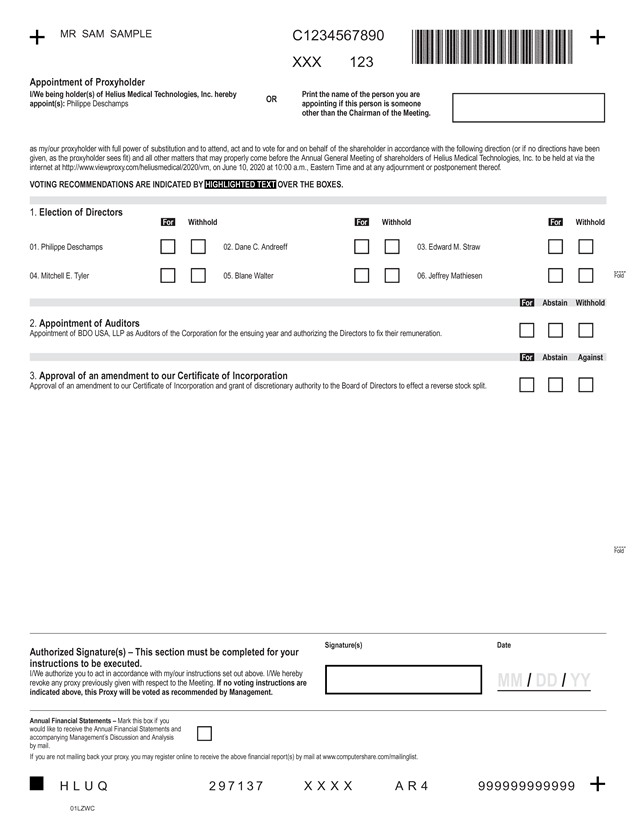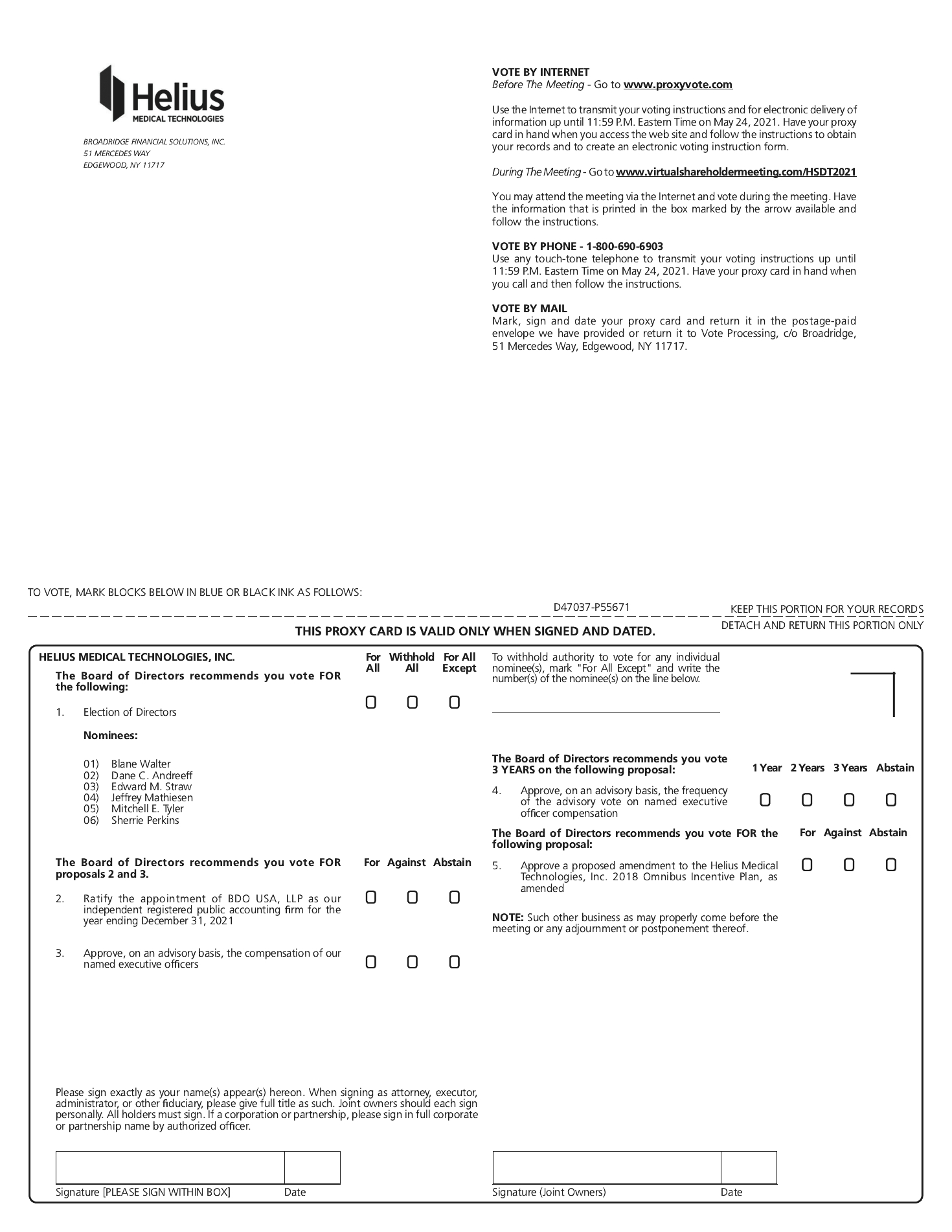2.13 “Competitor” means any Person that is, directly or indirectly, in competition with the business or activities of the Company and its Affiliates.
2.14 “Consultant” means any natural person (other than an Eligible Employee) who provides bona fide consulting or advisory services to the Company or its Affiliates, provided that such services are not in connection with the offer or sale of securities in a capital-raising transaction, and do not, directly or indirectly, promote or maintain a market for the Company’s or its Affiliates’ securities.
2.15 “Detrimental Activity” means, unless otherwise defined in the applicable Award agreement or other written agreement approved by the Committee:
(a) without written authorization from the Company, disclosure to any Person outside the Company and its Affiliates or the use in any manner, except as necessary in the furtherance of Participant’s responsibilities to the Company or any of its Affiliates, at any time, of any confidential information, trade secrets or proprietary information relating to the business of the Company or any of its Affiliates that is acquired by the Participant at any time prior to the Split Effective TimeParticipant’s Termination;
(b) any activity while employed or performing services that results, or if known could have reasonably been expected to result, in the Participant’s Termination for Cause;
(c) without written authorization from the Company, directly or indirectly, in any capacity whatsoever, (i) owning, managing, operating, controlling, being employed by (whether as an employee, consultant, independent contractor or otherwise, and publicly announcedwhether or not for compensation) or rendering services to any Competitor; (ii) soliciting, aiding or inducing any customer of the Company or any Subsidiary to curtail, reduce or terminate its business relationship with the Company or any Subsidiary, or in any other way interfering with any such business relationships with the Company or any Subsidiary; (iii) soliciting, aiding or inducing any employee, representative or agent of the Company or any Subsidiary to leave such employment or retention or to accept employment with or render services to or with any other person, firm, corporation or other entity unaffiliated with the Company or hiring or retaining any such employee, representative or agent or taking any action to materially assist or aid any other person, firm, corporation or other entity in identifying, hiring or soliciting any such employee, representative or agent; or (iv) interfering, or aiding or inducing any other person or entity in interfering, with the relationship between the Company, its Subsidiaries and any of their respective vendors, joint venturers or licensors;
(d) a material breach of any restrictive covenant contained in any agreement between the Participant and the Company or an Affiliate; or
(e) the Participant’s Disparagement, or inducement of another to do so, of the Company or its Affiliates or their past or present officers, directors, employees or products.
Only the Chief Executive Officer or the Chief Financial Officer of the Company (or his designee, as evidenced in writing) shall have the authority to provide the Participant, except for himself or herself, with written authorization to engage in the activities contemplated in subsections (a) and (c).
2.16 “Disability” means, unless otherwise defined in the applicable Award agreement or other written agreement approved by the Corporation.Committee, with respect to a Participant’s Termination, a permanent and total disability as defined in Section 22(e)(3) of the Code. A Disability shall only be deemed to occur at the time of the determination by the Committee of the Disability. Notwithstanding the foregoing, for an Award that provides for payment or settlement triggered upon a Disability and that constitutes a Section 409A Covered Award, the foregoing definition shall apply for purposes of vesting of such Award, provided that for purposes of payment or settlement of such Award, such Award shall not be paid (or otherwise settled) until the earliest of: (A) the Participant’s “disability” within the meaning of Section 409A(a)(2)(C)(i) or (ii) of the Code, (B) the Participant’s “separation from service” within the meaning of Section 409A of the Code and (C) the date such Award would otherwise be settled pursuant to the terms of the Award agreement.
2.17 “Disinterested Shareholder Approval” means approval of this Plan by a majority of the Company’s security holders, in accordance with the requirements stipulated in the TSX Company Manual, which for greater certainty, excludes the votes cast by Insiders entitled to receive a benefit under this Plan;
2.18 “Disparagement” means making comments or statements to the press, the Company’s or its Affiliates’ employees, consultants or any individual or entity with whom the Company or its Affiliates has a business








